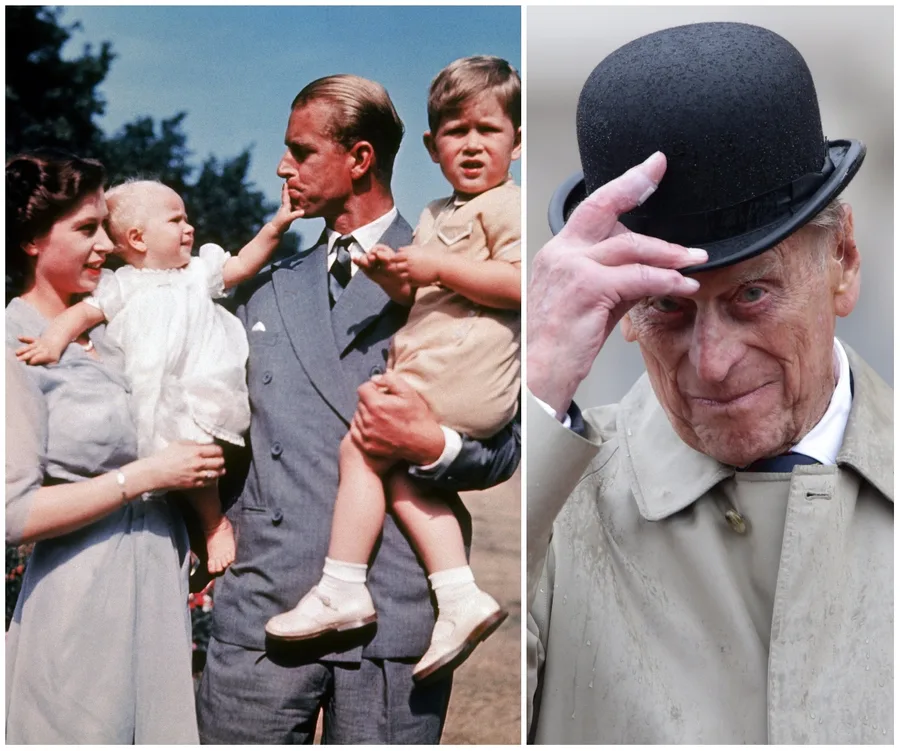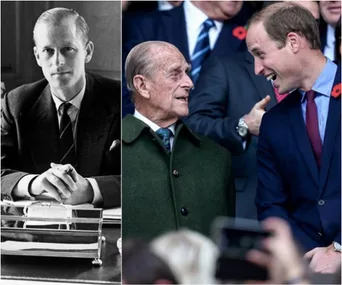In light of Prince Philip’s passing at the age of 99, The Weekly are revisiting this feature story on the real Duke Of Edinburgh from our November 2020 issue, four months before his death on April 9:
According to Ingrid Seward, the image of Prince Philip delivered in hit TV drama The Crown is way off beam.
“The actor Matt Smith, who played him in the first two series, missed Philip’s big personality and I think wasn’t nearly strong enough,” she says.
“He looked a little bit hangdog, a little bit whipped cur, which isn’t Philip at all.”
Seward is the Editor-in-Chief of Majesty magazine, UK’s august fanzine of the House of Windsor, joining the title back in 1984.
She has written a clutch of royal biographies and her latest, Prince Philip Revealed, took two years to write, pulling together decades of interviews with friends, family and courtiers.
It’s a fascinating read which paints a portrait of a man driven by duty with a rigorous intellect and, beneath the curmudgeonly exterior that has been his tabloid-driven stereotype, an innate empathy and jokey sense of humour.
Though accepting his role two steps behind his wife, Philip, says Seward, is a high achiever with an inner strength to match his exterior steeliness. He is a deeply complex character, she posits, who mistrusts cap-doffers and abhors the media, is fiercely loyal to his wife and marriage, while also appreciating the company of beautiful women.
He wrote heartfelt and poignant letters of support to his daughter-in-law Princess Diana when her marriage was breaking down, harbours “strong opinions” on his grandson Prince Harry’s decision to quit his royal day job, while also personally “taking great pleasure in defying convention”.
“I wrote a book called My Husband and I about the Queen and Prince Philip as a couple, but I think he’s a really interesting person,” Seward explains.
“I’ve met him quite a few times. He’s always been extremely brusque towards me and I wanted to know more about this man – what makes him tick and what makes him feel he can behave in the way he does.”
“I knew about his relationship with his wife. They have an amazing relationship because she accepts him for what he is. He in return gives her this extraordinary devotion to duty and protecting her. But now I thought it’s time that I just wrote about him.”
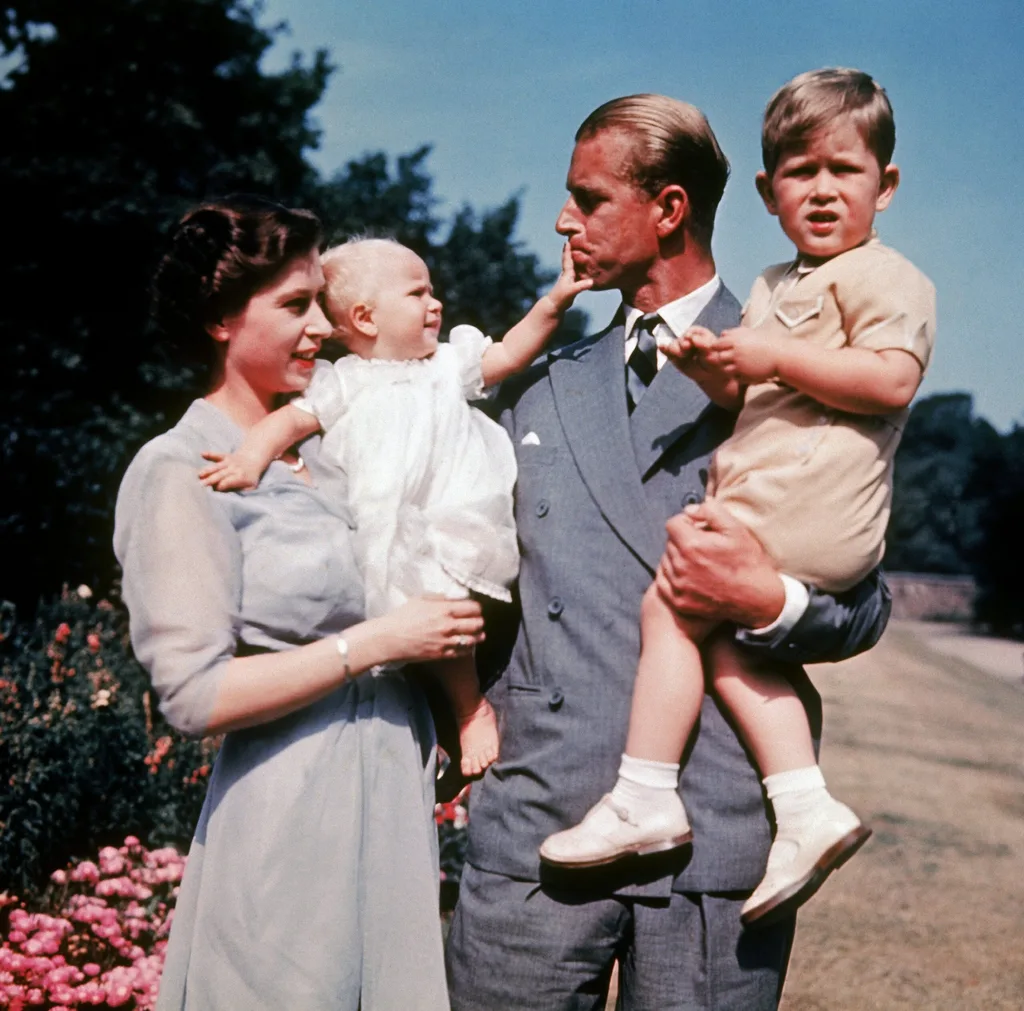
“I wanted to know more about this man – what makes him tick and what makes him feel he can behave in the way he does,” Seward says.
(Getty)Up close and impersonal
Prince Philip was in his mid-50s when the author first encountered him. She was one of a group of girls helping to raise money for a theatre he was a patron of.
“I thought he was urbane and charming,” Seward recalls. “But the next time I met him was when I first went on a royal tour. It was March 1984 and I’d just started working for Majesty.”
Prince Philip was with the Queen on a state visit to the Hashemite Kingdom of Jordan as guests of King Hussein and Queen Noor.
“On the first day there was a reception for the royal press corps, of which I was one, to meet the Queen and Prince Philip, and in those days royal tours were wonderful because there weren’t so many people. They walked down a line [of royal correspondents] and there was a master of ceremonies who said, ‘This is Ingrid Seward of Hanover Magazines‘ – the publishers back then. After that, Prince Philip’s equerry came up to me and said, ‘His Royal Highness would like to meet you’. He’d picked me out of the group of these really hardened journalists. I thought, ‘Ooh, how nice!’.”
“He came over and said, ‘Are you German?’. I said, ‘No’, and he just turned around and walked away. I suppose with a name like Ingrid and working for Hanover Magazines it was a possibility. But as soon as he realised I wasn’t [German], he turned on his heel. I was humiliated – I couldn’t understand what I had done.”
Seward later discovered that this is standard Prince Philip behaviour.
“If he’s not interested, he walks away. It’s very disconcerting,” she says.
“Because of who he is, it’s never challenged and also there’s the other side of him, which is really charming. I don’t know how he gets away with it, but I suppose in a way he didn’t get away with it because for years people were quite down on Philip and his rudeness and what were called his gaffes. On royal tours, most people would go with the Queen and there’d always be one reporter on what they used to call ‘gaffe report’ with Philip, to see if he said anything outrageous.”
“That’s why, in a way, there’s such a book to be done about him, because I don’t think people listened to a lot of the things he actually achieved.”
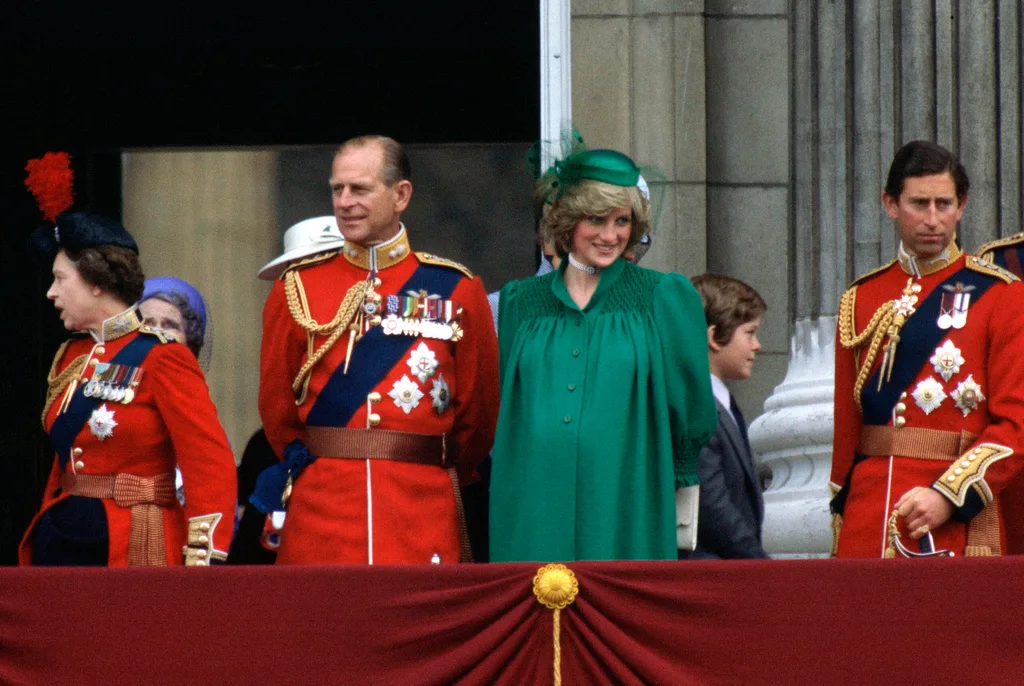
Seward spent two years pulling together decades of interviews with friends, family and courtiers to write her book.
(Getty)Behind the myths
Certainly, Prince Philip’s media persona has been blighted by often erroneous assumptions.
This is partly because he has mostly refused to engage with reporters. But Seward was determined to explode some myths and says that one of the most frustrating misconceptions is that Philip came from a ‘broken home’.
“He was born in 1921, when aristocratic families saw their children once a day, and I think Philip’s family was closer than that because they were more pushed together. Because of their financial circumstances [fleeing their home in Greece when Philip was a baby], they didn’t live in a huge castle; they lived in a borrowed house in Paris. His father couldn’t go to work because he was in exile and his mother worked in a local shop, so they were around much more.”
The family moved around Europe a good deal and Philip was educated in Paris, Germany, England and finally at Gordonstoun School in Scotland, which he loved. His mother, Alice, suffered from bipolar disorder and spent several years in a sanatorium, but family prevailed and she ended her days living with her son at Buckingham Palace.
“It was perceived that he was abandoned, but he wasn’t,” Seward says.
“He had a loving relationship with his father. Yes, once he went to school in England his father went off to Monte Carlo, but he still saw him and his sisters. And Philip never held that against his father, never.”
“From his father Philip acquired his sense of fun and humour,” writes Seward. “His sister Sophie said: ‘My father died in 1944. He was so like him. Philip had the same mannerisms, movements, way of standing, walking and laughing – the colossal sense of humour, really seeing the funny side of things always, and making everybody else laugh.’
“…The principles of hard work, self-discipline and helping others to which Philip stayed true throughout his life were instilled initially by his mother Alice.”
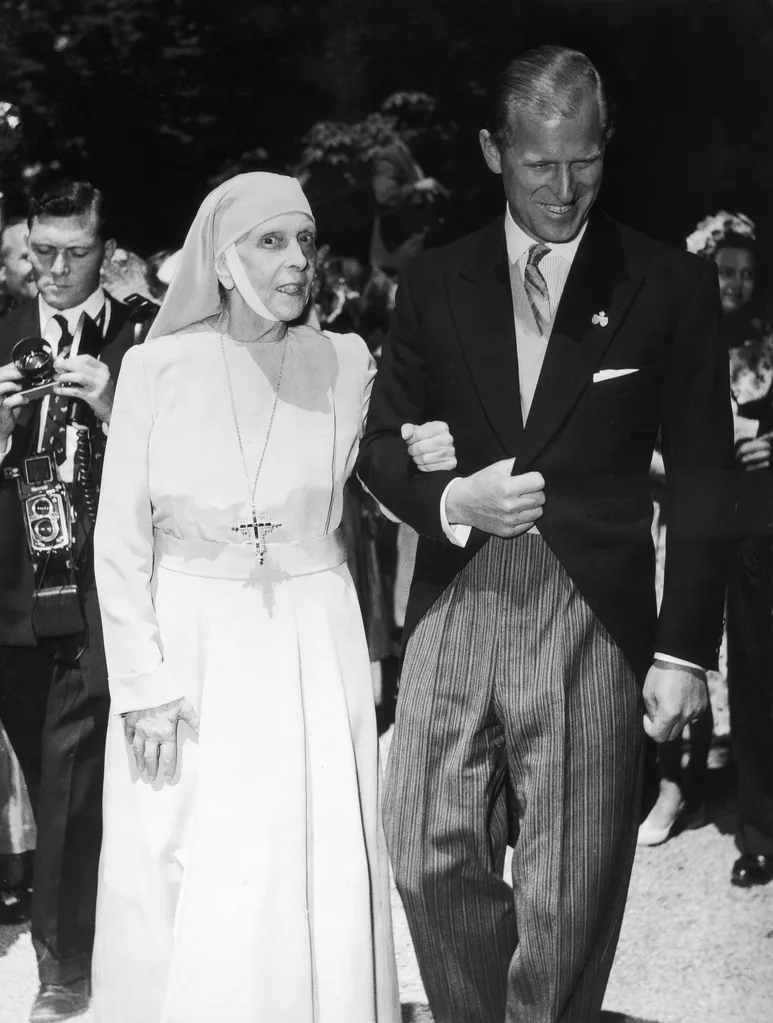
Philip’s mother, Alice, suffered from bipolar disorder and spent several years in a sanatorium, but family prevailed and she ended her days living with her son at Buckingham Palace.
(Getty)The course of Prince Philip’s romance with Princess Elizabeth is well-charted and when King George VI died and Elizabeth suddenly became Queen, Seward agrees that life was tough for the highly independent naval officer who was used to being in charge of his domain.
All of a sudden, Philip’s illustrious career – which many believed would have taken him to the very top of the Royal Navy – was cut short. His new role as prince consort was nebulous and determined by what he couldn’t do, rather than what he could.
“I think he found it very difficult in the beginning because of the restrictions of living in Buckingham Palace with his mother-in-law and the courtiers giving him a very hard time,” Seward says. “Things have changed, but the structure is still the same and I think Philip was pretty fed up at certain stages of his marriage, which is why the Queen thought it was a good idea that he went off and opened the Olympic Games in Melbourne [in 1956] and then took the world trip.”
Prince Philip sailed aboard the Royal Yacht Britannia with his private secretary, Australian Mike Parker, as his companion. They were away for months on end.
“The Queen knew, because she was an old-fashioned girl, that if you let him go, he would come back, as it were. Give him enough rein and he would be fine; he wouldn’t hang himself. She knew he wouldn’t and so she never put too many restrictions around Philip,” Seward explains.
When I suggest that might have been a risky strategy, Seward laughs. “I think it was the only way she knew how. She was very unworldly and very naive and very in love. She was in a man’s world and when she married Philip, women were second rate.”
While they were at sea, Mike Parker’s wife, Eileen, sued for divorce. A divorce so close to the royal family was considered distasteful, with Philip’s reputation also potentially sullied by his friend’s behaviour. Rumours of Parker’s infidelity filled the media, but weren’t substantiated.
And in TV’s The Crown, a fictional storyline also implicated Prince Philip in questionable behaviour. But Seward says she could find nothing to support this, nor later rumours about supposed relationships with other women that have circulated about the Prince over the years. Philip undoubtedly enjoys the company of beautiful women who share his interests, but they are not lovers, notes Seward.
“After more than 70 years of marriage, not one iota of hard evidence of his supposed affairs has emerged … No female has come forward saying that her relationship with Philip was anything other than platonic,” she writes.
Seward cites the example of an alleged relationship Philip was said to have pursued with 1950s actress Pat Kirkwood. Philip went to see her at the London Palladium and afterwards, with others, they went dancing.
“Philip was seen to monopolise Pat on the dance floor,” writes Seward.
“Philip and Pat never met again socially, although they met once more in 1960 when Pat was in the receiving line of the cast presented to Philip at a charity concert at the Theatre Royal in Drury Lane. On the basis of their single social evening, a myth has existed for more than 50 years that Pat was Philip’s mistress.”
While Seward can’t know the Queen’s reaction, she suspects it was calm acceptance. “I think she just saw it as part of her life,” she says.
Meanwhile, Her Majesty watched and learned, slowly mastering the unique, intense role of monarch.
“The Queen was a feminist but she was very gentle, and because she was thrown into this man’s world and didn’t know what to do, she just followed what her father had done,” Seward says.
“She allowed things to happen, rather than kicking up and making a fuss, which is what the more modern royal ladies have done, with disastrous results, instead of waiting their time. She said, ‘I’ll make my mark, when I’m in a position of more influence than I am now’. I think it was very clever.”
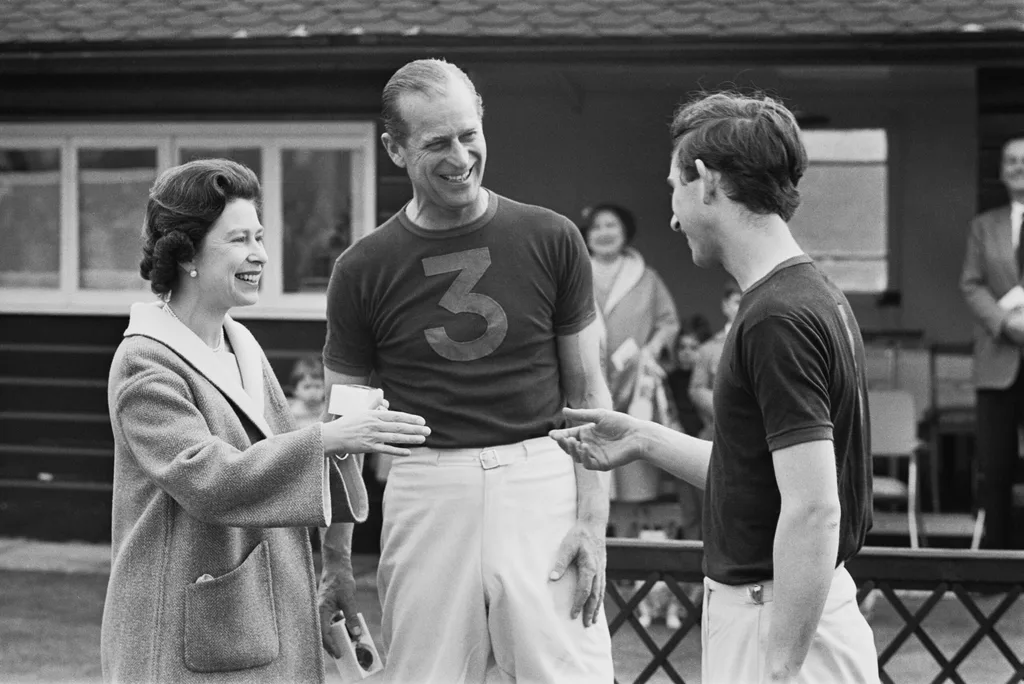
Philip was by The Queen’s side as she navigated the unique, intense role of monarch.
(Getty)Family matters
There’s no question Philip supported his wife behind the scenes, sometimes in surprising ways. One of the most revealing parts of Seward’s book is the close relationship Prince Philip nurtured with Princess Diana, carried out via a series of tender letters which he signed “Pa”.
In them, Philip tried to counsel Diana through the difficulties of her marriage to his son. But, in the end, Diana’s infamous tell-all TV interview put an end to the relationship. Philip was equally horrified when daughter-in-law Sarah Ferguson dragged the House of Windsor into the gossip columns.
“Watching Fergie and Diana tearing apart what he considered sacrosanct – the institution of the monarchy – for their own ends made him very angry and hurt him considerably,” Seward writes.
Prince Philip reportedly refused to be in the same room as Sarah Ferguson for decades.
“He was so unbelievably astounded at her behaviour. We’ve all forgotten, but she did some really crazy things. Philip knew about it all and he was furious because he saw it as her undermining what he had taken years to establish – undermining the monarchy, undermining her own husband.
“Whatever he thought about his son and however disappointed he was [with Prince Andrew], he didn’t like the idea that Fergie was having affairs with other men. He also thought, ‘If she wants out of the royal family, she can stay out, but we can’t have this halfway house’.”
Seward says it was only in 2019 that he would finally be reconciled with Sarah, Duchess of York.
“He was at a lunch at Windsor Castle with the Queen, Fergie and Andrew. They never touch on the past, as Philip sees no point in that, but he is able to be in her company without making her feel awkward.”
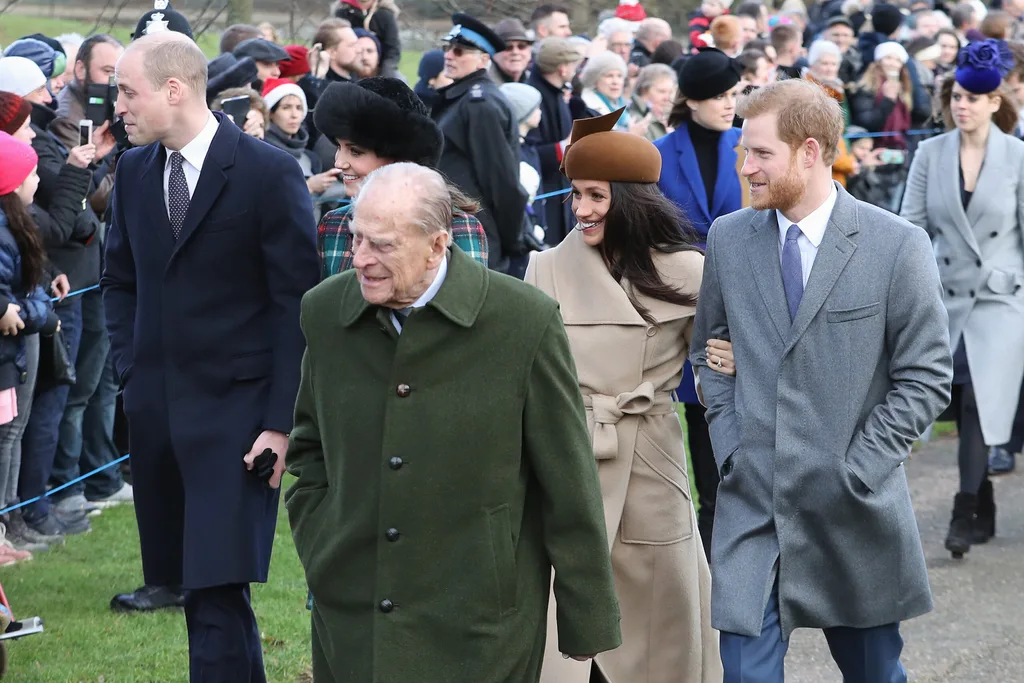
“Prince Philip is loyal. He is loyal to the Queen and the institution of the monarchy,” Ingrid says.
(Getty)Seward believes that Prince Philip deliberately did not take part in the ‘Sandringham summit’ this year, when the Queen and Princes Charles, William and Harry met to discuss Harry’s plan to redraw the boundaries of his royal work.
“He would have had something to say about it, but he very pointedly left and was photographed leaving the house.”
The outcome was no doubt a shock to everyone involved and Seward says Philip would have taken it hard.
“I think he’d be disappointed because of his grandson’s military career and the fact that Harry was going to take over Philip’s position in the Royal Marines,” she says.
“Above all, Prince Philip is loyal. He is loyal to the Queen and the institution of the monarchy – which they’ve both given up so much to support – and it grieves him that the younger generation do not all appear to have the devotion to duty that has always been his byline. For him, duty is at the centre of everything; the framework from which other things follow.”
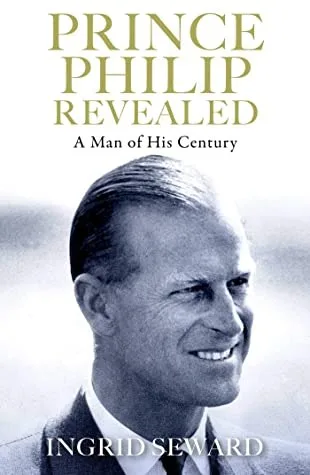
Prince Philip Revealed by Ingrid Seward, published by Atria Books is on sale on October 20.
As we contemplate his 100th birthday in 2021, I ask Seward what Philip’s legacy will be.
“He’s been asked that and he said, ‘I don’t give a damn, I won’t be here to see it’, which I love. He says what we’d all like to say.
“But I believe it will be that he was probably underestimated. I think people underestimated his influence, his intelligence. He modernised the monarchy and he started the charities for young people, headed by the Duke of Edinburgh’s Award. He was one of the first to look to future generations and ultimately that will be his legacy.”
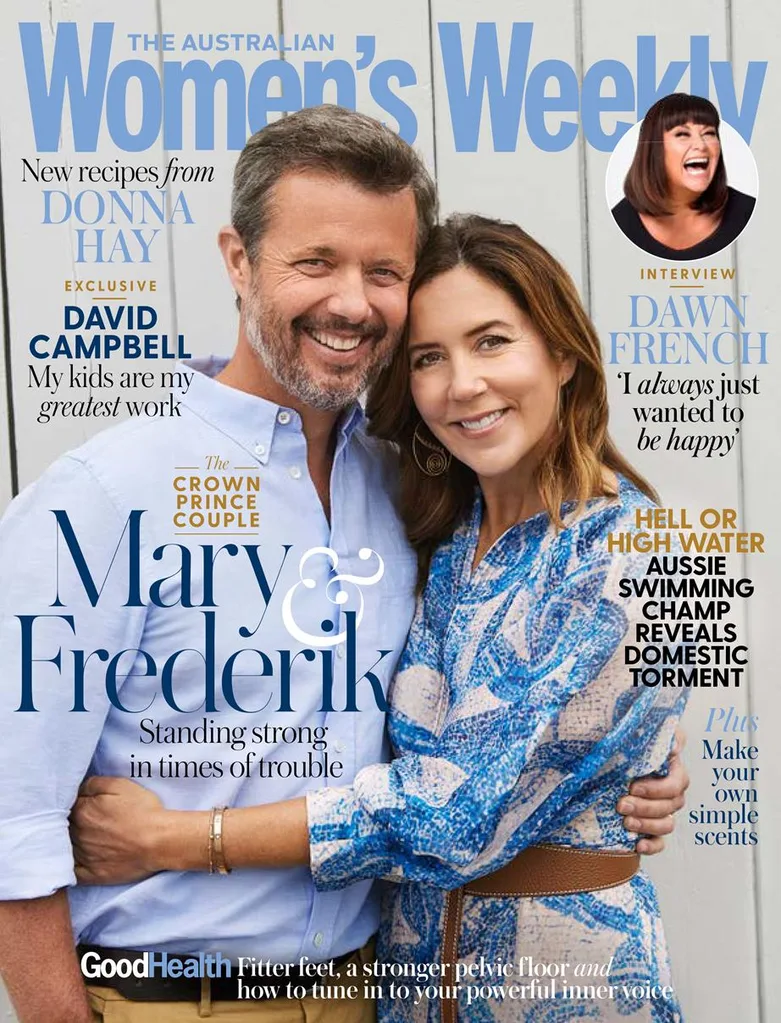
This story originally ran in our November 2020 issue, four months before Prince Philip’s death on April 9.
Remembering Prince Philip: Check out our full coverage below
Prince Philip, the Duke of Edinburgh, has died aged 99
Queen Elizabeth & Prince Philip shared a beautiful love story
A gun-salute and an online book of condolence: Australia reacts to the death of Prince Philip
